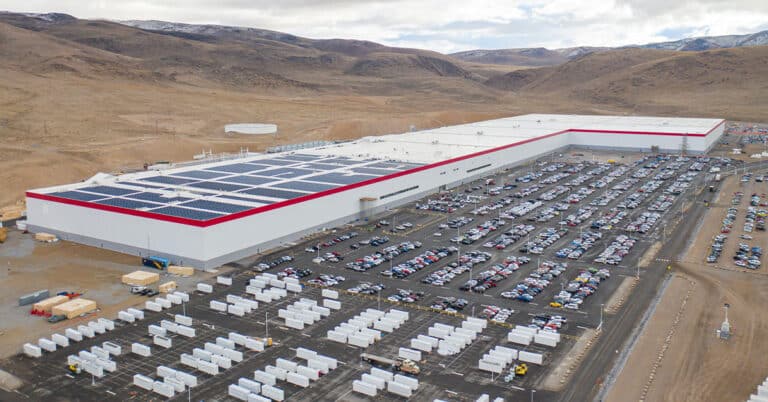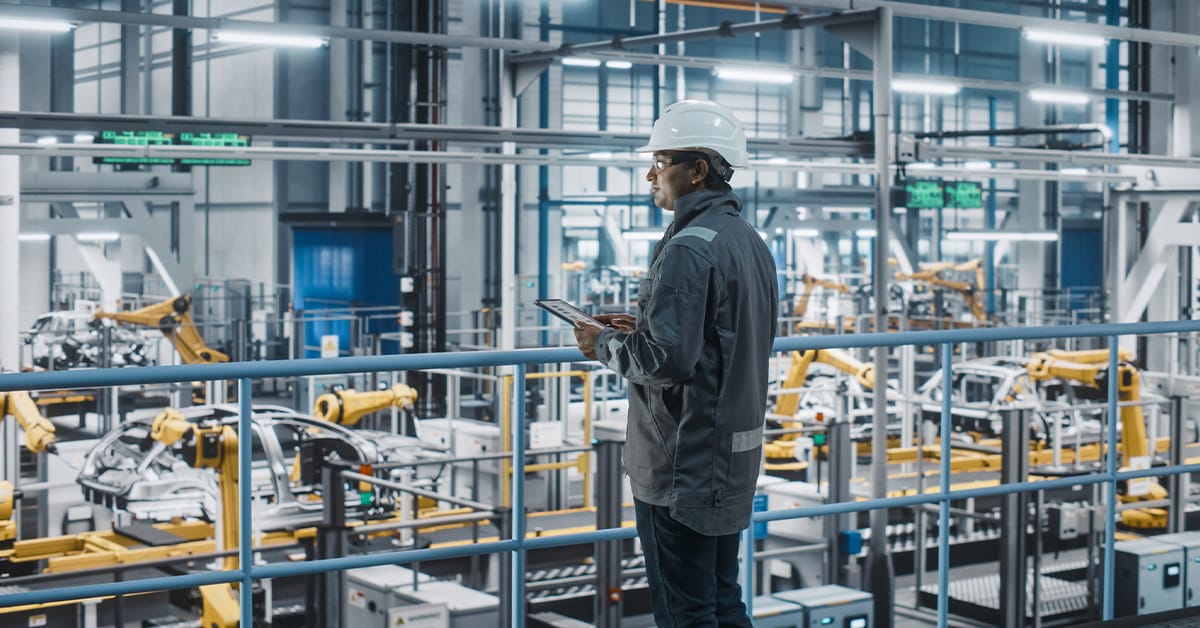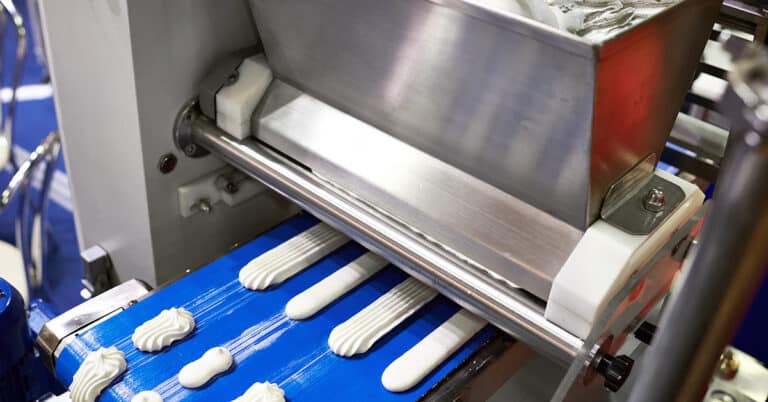You’ve probably heard the term “gigafactory” more and more frequently over the past decade, especially as these facilities have moved from the realm of possibility into reality. Even as the concept gains an increasing foothold, you may still wonder: What is a gigafactory? Here, we will examine what exactly a gigafactory is, some of its history and the role it is poised to play in manufacturing moving forward.
What is made in a gigafactory?
Gigafactories are most associated with battery production for electric vehicles on a massive scale. As electric vehicles have gained market share, the production needs for the lithium ion batteries that power these vehicles has grown as well. Along with the rise of solar power and the need for battery storage in that field, demand for lithium batteries has grown exponentially over the past 10 to 15 years.
In addition to batteries, the long-term goal for gigafactories is that they will also produce the vehicles in which the batteries are used, generating additional production efficiency. Coupled with the fact that gigafactories are already found on several continents — with the intent of keeping production near to the point of consumption — gigafactories have the potential to make a major impact in efficiency as well as production scale.
The origins of the term ‘gigafactory’
What does the word “gigafactory” mean? There may be several different interpretations. The prefix “giga,” when used as a unit of measure, denotes “billions” (much like “kilo” as a prefix denotes “thousands”). Given that today’s gigafactories are producing up to 200 gigawatt-hours of energy capacity per year — and sometimes more — the term may refer to the massive output of the facility.
A differing etymological interpretation relies on the Greek translation of “giga,” meaning “giant.” A gigafactory may also be thought of as a giant factory, which is accurate, given the intent for Tesla’s Nevada gigafactory to eventually reach a nearly five million square-foot footprint.

The person who brought the term into widespread use may know best what it means — Elon Musk first mentioned the gigafactory on a Tesla investor’s call in 2013, referring to the need to massively increase battery production capacity as widespread demand for electric vehicles grew. Today, there are hundreds of gigafactories worldwide, used by a host of manufacturers.
Benefits of gigafactories
Gigafactories offer numerous benefits, including:
- Job creation: Gigafactories support tens of thousands of jobs, in the communities in which they are located and beyond. Starting with gigafactory construction, a massive undertaking requiring hundreds of contractors, most gigafactories then maintain thousands of staff to conduct operations. Finally, battery production supports the manufacture of electric cars, solar panels and other products in the facility and elsewhere.
- Lower consumer costs: By bringing more production and processes under one roof, gigafactories can reduce costs across the board: sourcing (through economies of scale), assembly, transportation and fulfillment. Businesses can then pass these cost controls along to consumers as savings.
- Innovation: With end-to-end design and production occurring in the same place, gigafactories are fertile breeding grounds for innovation. Whether designers are working with production engineers to expand the art of the possible, or managers and technicians are working on continuous improvement for production processes, the possibilities for innovation are vast.
- Promoting green manufacturing: The massive scale of gigafactories means that fewer parts and components need to be transported between facilities for assembly and other work, greatly reducing the carbon footprint for the product. Many gigafactories also rely heavily on solar power, and of course, the increased adoption of electric vehicles powered by lithium batteries means fewer vehicles on the road that consume fossil fuel.
When considering the cost and benefits of gigafactories, these advantages — among many others — appear to point the way to a positive return on investment.
How many gigafactories have been built?
It is estimated that nearly 200 gigafactories have been built worldwide, with 18 of them located in the U.S. Locations include, Sparks, NV (the first Tesla gigafactory), Buffalo, NY, and Texas. Globally, gigafactories have also been built in Germany and China.
The future of gigafactories
As interest and demand continue to grow for renewable energy sources and products such as electric vehicles and solar panels, the adoption of gigafactories is poised to expand unimpeded. We can expect even more gigafactories to be built, especially as manufacturers and consumers alike realize the benefits in efficiency and cost savings.
Much like the microfactory — another relatively new, innovative, results-focused variation on traditional manufacturing infrastructure — gigafactories offer a huge array of benefits in the right application, along with seemingly limitless potential. While not every organization will ever make use of a gigafactory, the principles of efficiency and innovation are universal and will reverberate throughout the industry.






